

Damion Smy
Boxy new KGM Musso unveiled to take on HiLux and Ranger ahead of Australian launch
5 Hours Ago
Cut-price Euro brand Dacia has a real chance to make a dent in Australia, mixing it up at the bottom rungs of the new-car market against the Chinese contenders. There's a place for cheap new cars. So how about it, parent-company Renault?

Senior Contributor


Senior Contributor
The Australian new car market is not short of offerings. More than 50 brands clamour for a million annual sales, making it a highly fragmented landscape in a global context.
When I think of absent car manufacturers that could make an impact in Australia, few come to mind. But I continually come back to Renault’s entry brand Dacia as one.
I really think there’s scope for the right business case here.
In much the same way as Volkswagen took the Skoda brand from zero to hero under its ownership, Renault is doubling down on Dacia.

Both subsidiaries are eastern European – Skoda is Czech and Dacia is Romanian – both court different buyers to their parents, and vitally both make cars in right-hand drive.
Skoda has moved ‘upmarket’ of Dacia at this stage with brilliant cars like Superb and Kodiaq doing decent business in Australia. The latter brand remains a favourite in emerging markets through eastern Europe and northern Africa.
But as its products become safer and cleaner – through the use of hand-me-down Renault components made cheaper through greater scale – the opportunity to make a dent only grows.
There are simply great opportunities for any brands able to offer properly affordable, low-frills new cars in Australia.
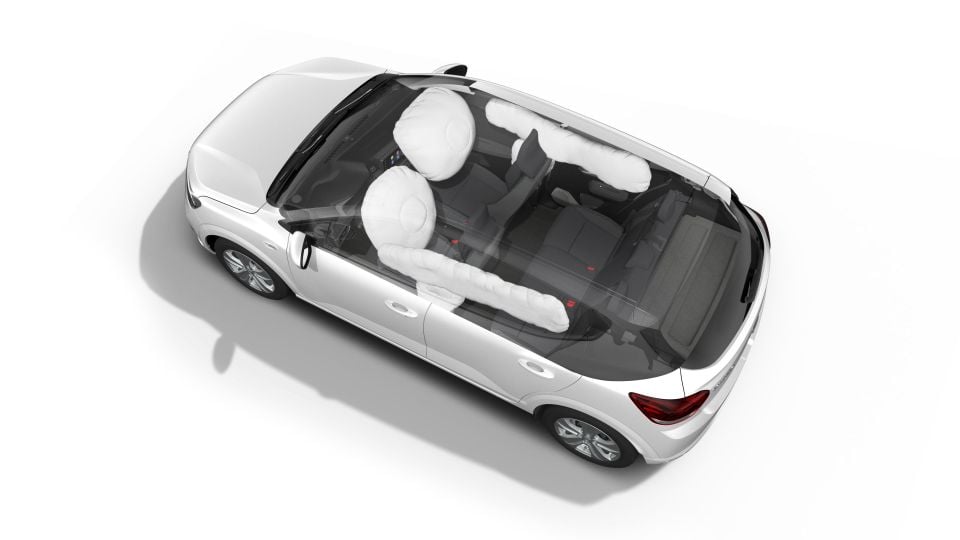
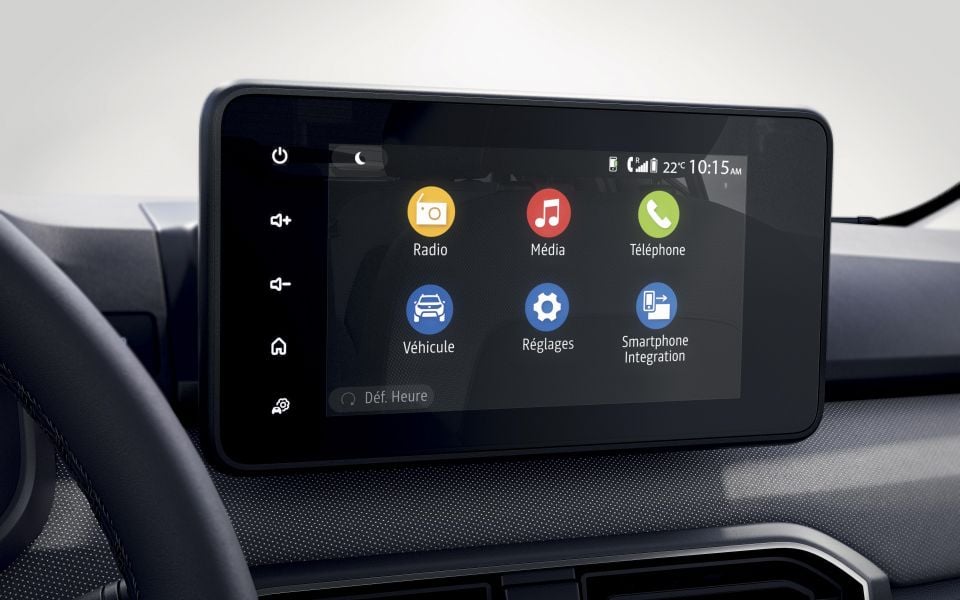
Many established manufacturers are being led into jacking up their prices to remain profitable, as they add more active safety and infotainment technologies to their products, and push cash-cow small crossovers.
For a case study into this, one needs look no further than the decline in bargain-price urban runabouts in Australia.
You can’t buy any version of the Toyota Yaris and Mazda 2 for less than $20,000 these days, and at the same time unprofitable staples like the Honda Jazz, Hyundai Accent and – of most relevance – Renault Clio, have been tapped for retirement.
The result here has been a changing of the guard, with the likes of MG, Kia and Suzuki scooping up greater market share with their affordable entry cars like the MG 3, Kia Picanto and Rio, and Suzuki Swift and Baleno. These largely compete for customers with used Toyotas and Mazdas.
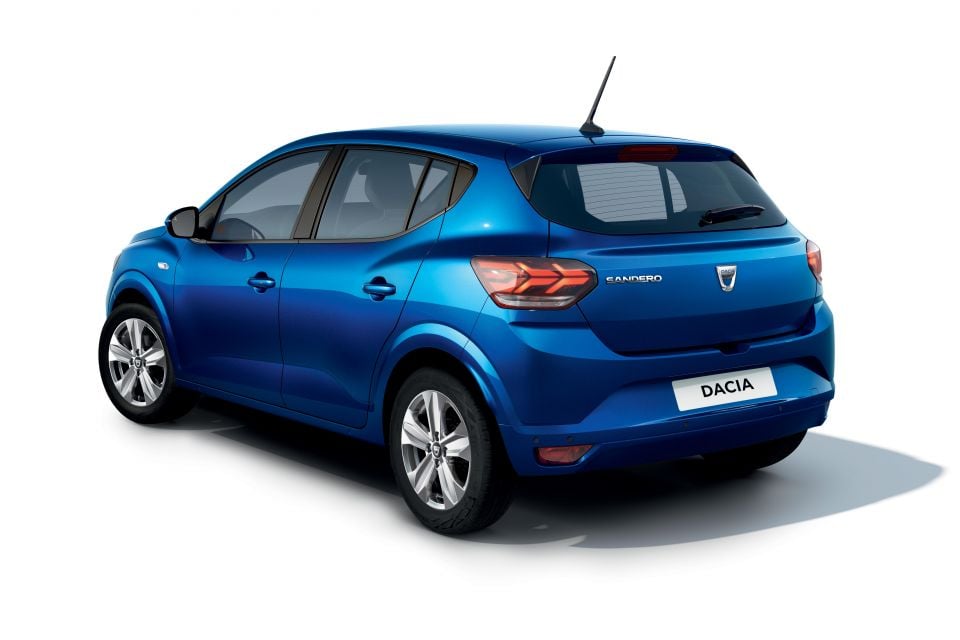
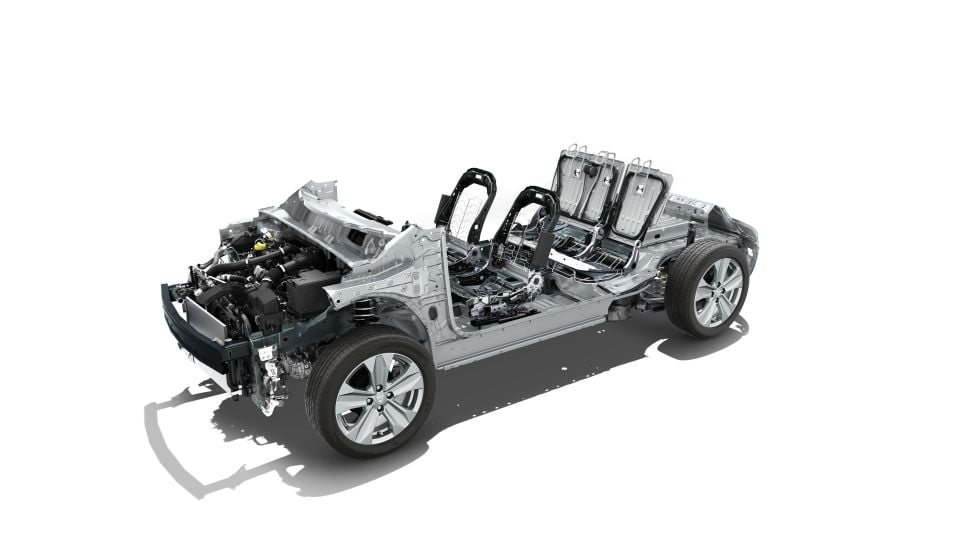
Where does Dacia fit? Well overnight it revealed its new-generation Sandero (yes, a new iteration of the car James May constantly mocked on old Top Gear).
The extremely basic outgoing version sold in the UK from just £8000, literally half the price of a base Mazda 2 in the same market, and this new one will be taking its place
This new model will obviously be pricier – it’s now based on Renault’s more sophisticated CMF platform, uses a turbocharged three-cylinder engine, and has standard touchscreen with phone mirroring and LED lights – but it’s hardly going to be twice as expensive, is it?
More importantly it gets six airbags, an automatic transmission, and can be had with active safety systems like AEB, which would make it more viable.
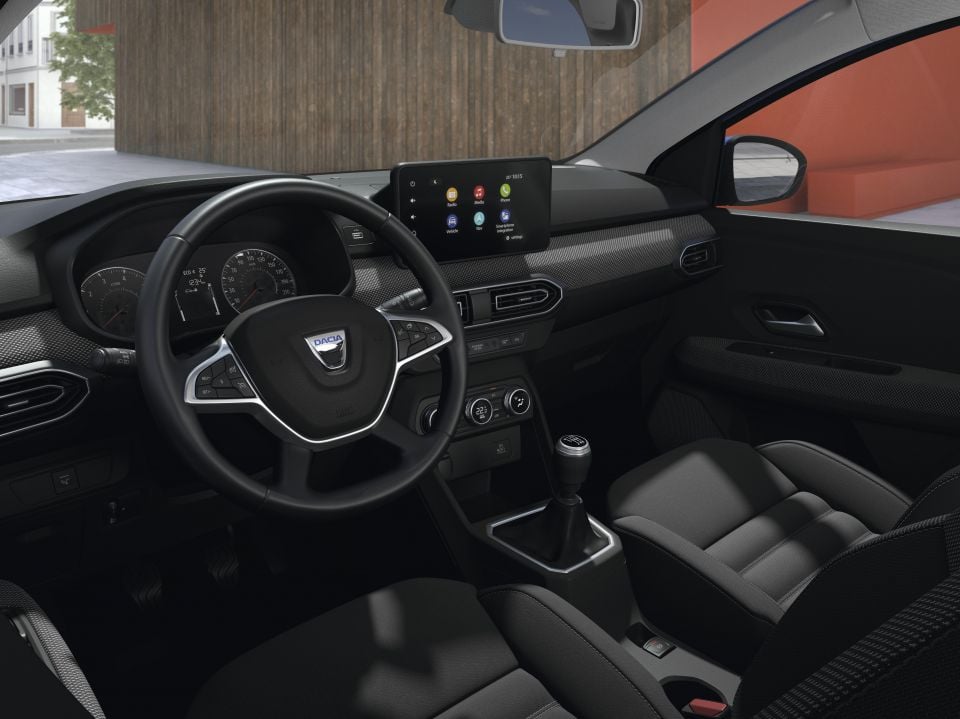
Even factoring in European shipping costs and garbage exchange rates, it could still be aggressively priced. Could $15,990 drive-away be feasible? When you look at the price of rival products in the UK and do the requisite conversions to their Aussie price points, the surface answer is yes.
And at the same time, Renault Australia could handle distribution and leverage cost savings through greater volume across its entire folio.
Or what of the Sandero Stepway, a higher riding Sandero with plastic wheels arches. Does a roughly $20,000 Eastern European crossover SUV to battle the Chinese MG ZS or Haval H2 sound about right? To me it does.
And of course let’s not forget the Dacia Duster, a back-to-basics small 4×4 that sells in good numbers in the UK and elsewhere.
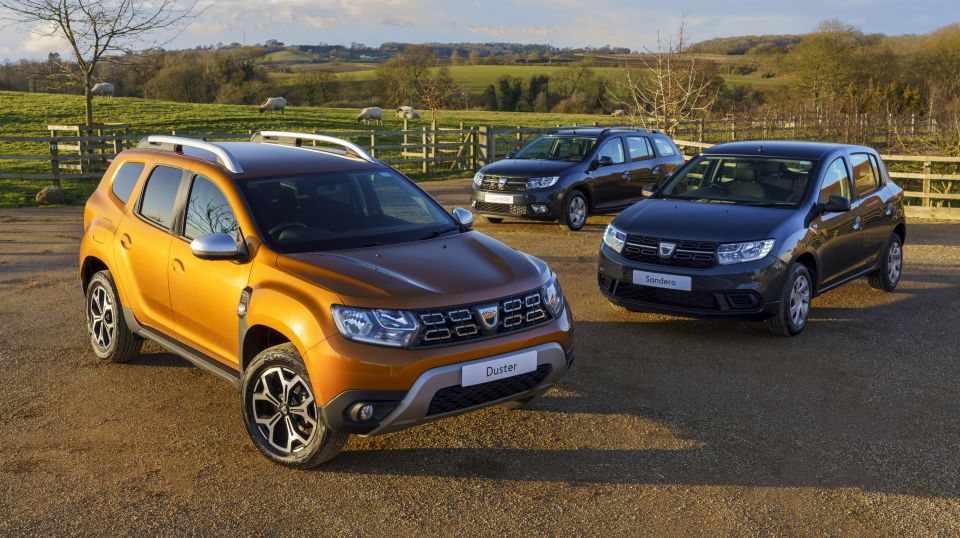
Australia is a market with a 12-month waiting list for Suzuki Jimnys and – pending regulatory approval – will get hold of the Mahindra Thar from India in 2021. There’s a template there.
In the UK, a diesel 4×4 version of the Duster with side airbags is still cheaper than a base Suzuki Vitara, which sells in Australia in the low-$20,000 range.
I’m not a product planner for an OEM, and there are a number of variables at play.
But it’s clear that Renault wants Dacia to grow, it makes them in right-hand drive, and is using hand-me-down technology to make them safer and better to drive without completely ruining their cut-price positioning.
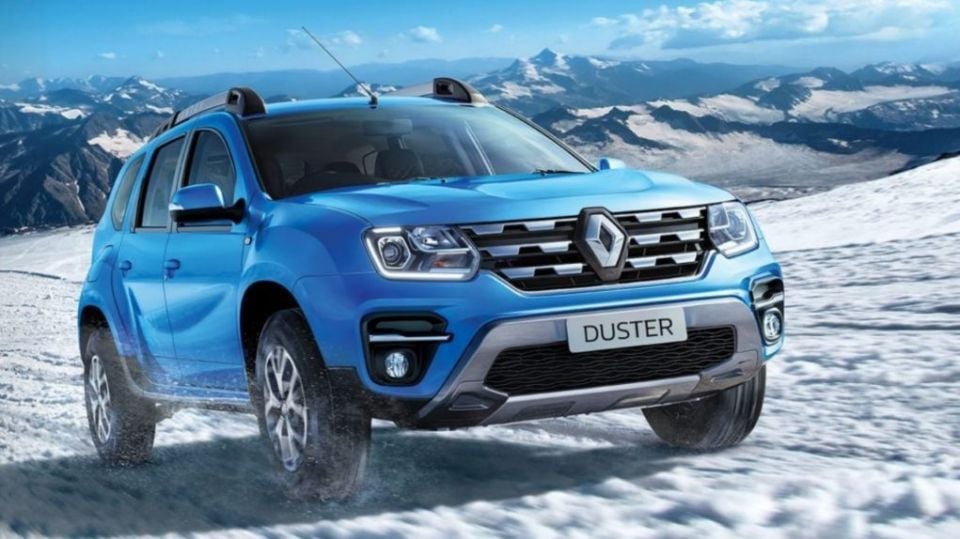
In a country like Australia where people are increasingly being urged to buy used cars if they can’t stretch to increasingly expensive new cars, I really think Dacia could give the startup Chinese brands a worthy competitor.
Renault Australia has toyed with the notion before, but now is the time.
Where expert car reviews meet expert car buying – CarExpert gives you trusted advice, personalised service and real savings on your next new car.


Damion Smy
5 Hours Ago


Damion Smy
6 Hours Ago


Damion Smy
7 Hours Ago


Damion Smy
9 Hours Ago


Damion Smy
11 Hours Ago


Damion Smy
12 Hours Ago